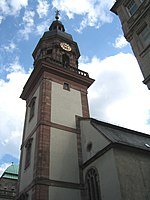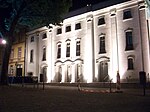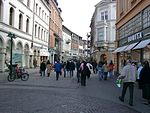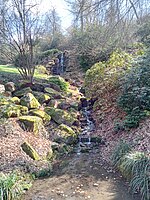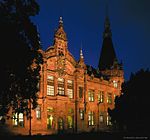Kurpfälzisches Museum
1878 establishments in GermanyArt museums and galleries in GermanyArt museums established in 1878Buildings and structures in HeidelbergMuseums in Baden-Württemberg ... and 1 more
Tourist attractions in Heidelberg
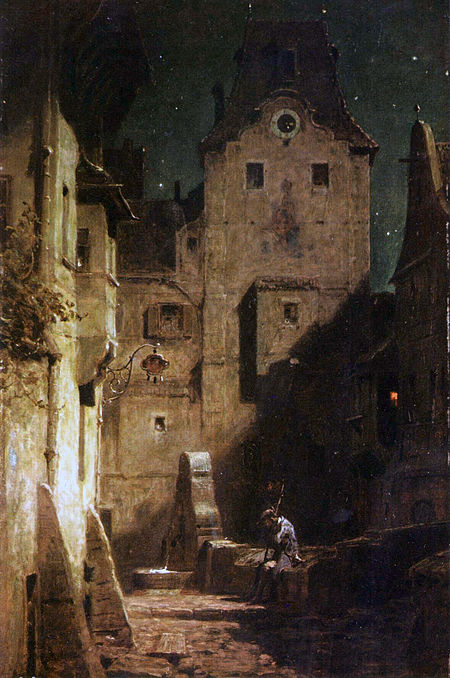
The Kurpfälzisches Museum (Palatinate Museum) is a museum of art and archaeology in Heidelberg, Germany. It is located in the Palais Morass. It was founded in the late 1870s, when the city of Heidelberg purchased the private collection of the artist and art historian Charles de Graimberg.
Excerpt from the Wikipedia article Kurpfälzisches Museum (License: CC BY-SA 3.0, Authors, Images).Kurpfälzisches Museum
Hauptstraße, Heidelberg Altstadt (Altstadt)
Geographical coordinates (GPS) Address Website Nearby Places Show on map
Geographical coordinates (GPS)
| Latitude | Longitude |
|---|---|
| N 49.411388888889 ° | E 8.7027777777778 ° |
Address
Kurpfäzisches Museum Heidelberg
Hauptstraße 97
69117 Heidelberg, Altstadt (Altstadt)
Baden-Württemberg, Germany
Open on Google Maps
